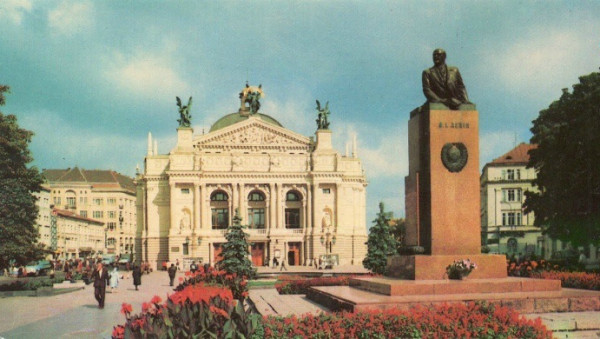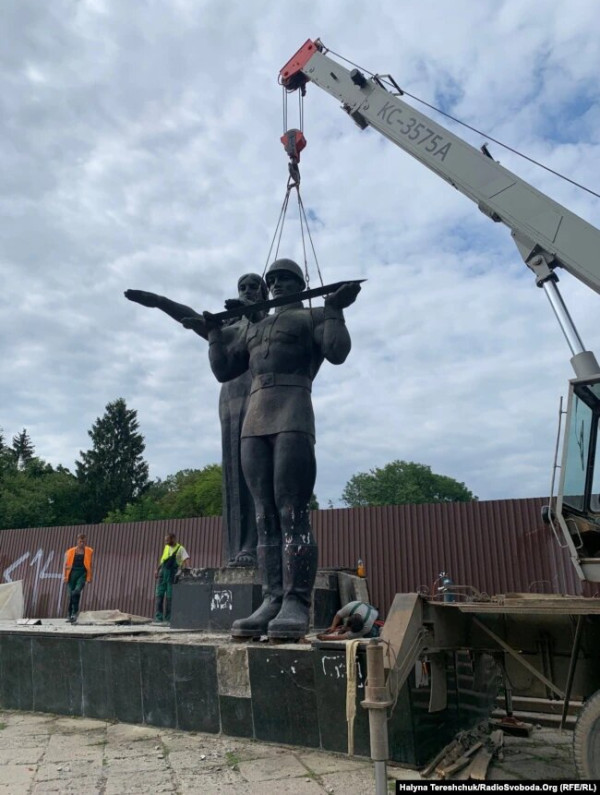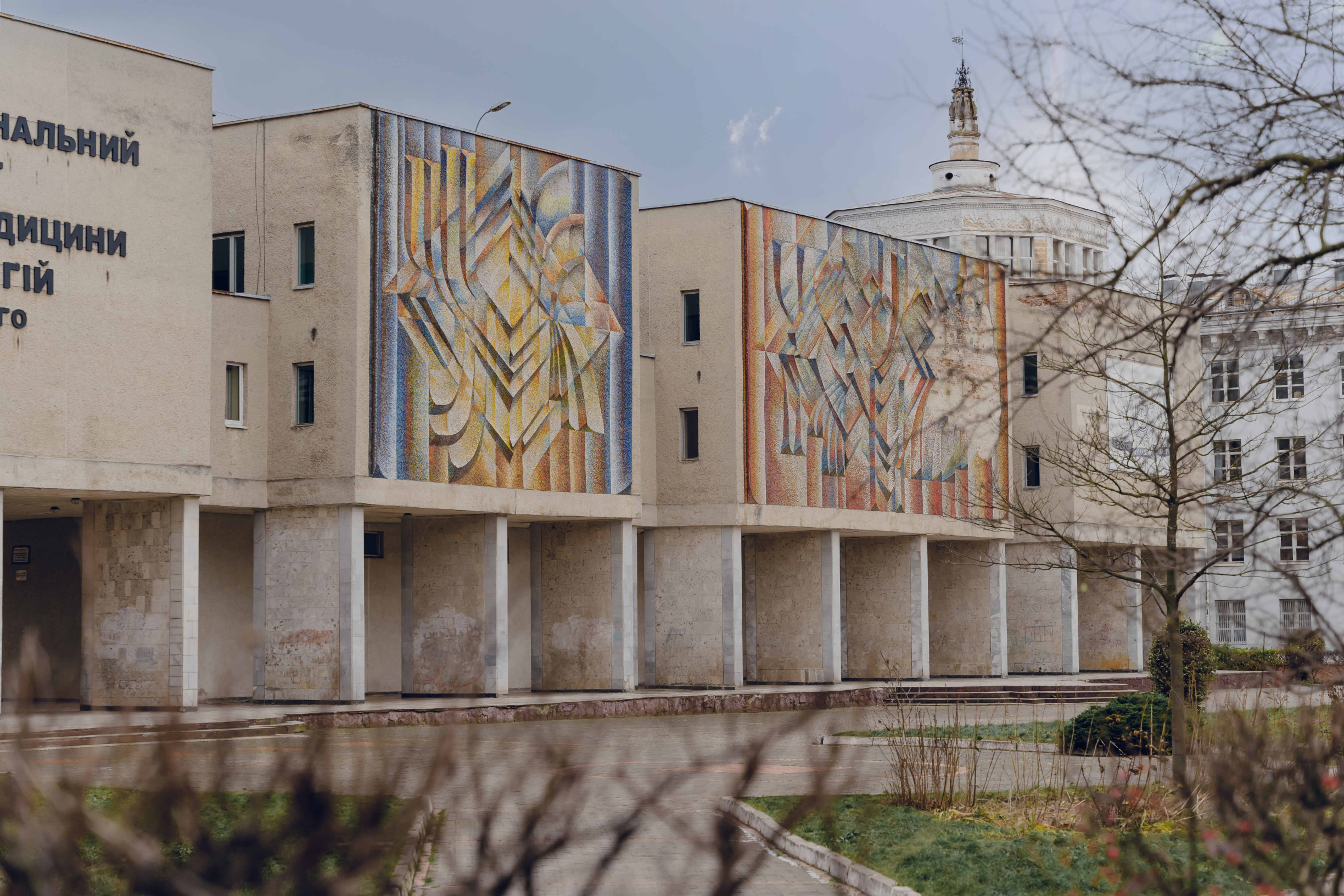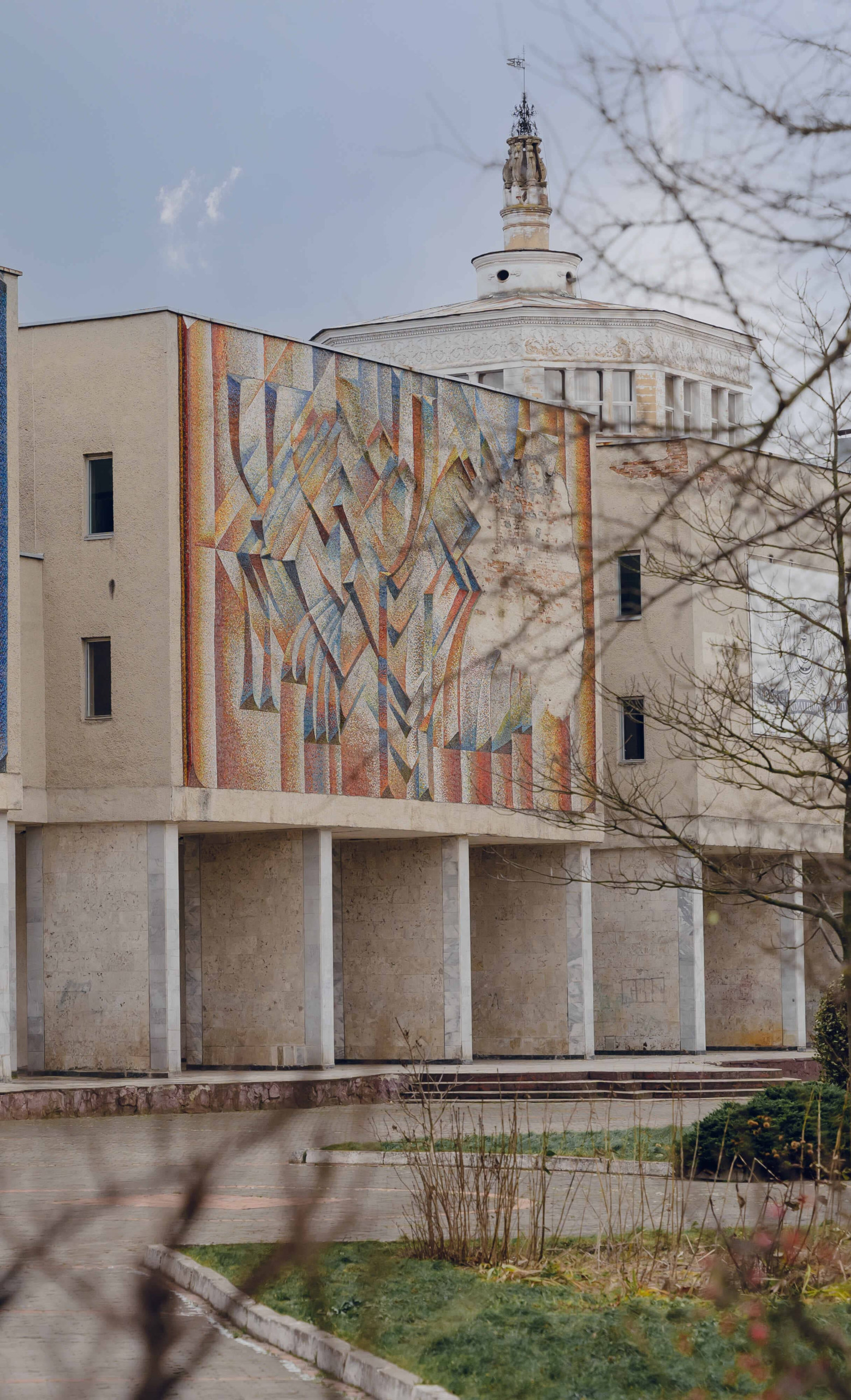One of the most noticeable phenomena in the topography of Lviv in recent years is the process of decommunization and decolonization of urban space. Recently, Lviv has changed over 50 names associated with Russian and Soviet figures, opting for new ones that are important and significant for the local community, in line with national ideals. Another crucial aspect of purging Lviv of its colonial past is the removal of Soviet ideological monuments from the urban space.
This process did not start yesterday; elements of de-Sovietization in Lviv were already visible in the 1990s. However, this movement has now taken on new meaning and symbolism.

"Soviets," "First," and "Second"
The establishment of Soviet power in Lviv was not a single act but a process that went through several stages. The first stage (1939-1941) was relatively mild. At that time, considerations were given to the region's specificity, its ethnic composition, the mood of the population, and locals were involved in proclaiming Soviet rule.
The distinctive feature of the second stage (from 1944) of establishing Soviet power in Lviv was intensity, indifference to the local population, the recruitment of outsiders to high positions, and active and consistent work on shaping people's consciousness through the propaganda of Soviet ideology. This included an increase in Soviet monuments and the renaming of streets and public spaces in the city. The Soviet period in Lviv was not long-lasting, but it was far from inconspicuous. Significant changes occurred in the economy, urban planning, industry, and topography.
On the Wings of Independence
Cleansing Lviv from Soviet Vestiges also occurred in several stages. The first of them took place on the eve and in the first years of Ukraine's independence. Already in 1990, the monument to Vladimir Lenin was dismantled in Lviv. It stood in front of the opera house and was erected in 1952. About 50 thousand people participated in the dismantling of the monument to the "leader." Equally symbolic was the removal in 1992 of the monument to the Soviet writer and publicist Yaroslav Galan from Petrushevych Square. It was erected in 1972. Galan is a very prominent figure in Lviv, but all the circumstances of his violent death remain unresolved to this day.


In the early 1990s, the monument to tank crews, which stood on Lychakivska Street, was dismantled. It was unveiled in 1945 in memory of tankers who perished in the struggle against the Germans for Lviv. The monument consisted of the IS-2 tank (IS - Joseph Stalin), standing on a pedestal adorned with laurel wreaths, and a memorial plaque. Also in the early 1990s, in the center of Lviv (now Angel Square), the monument to the 'Fighters for Soviet Power' was dismantled. It was unveiled in 1980. Many legends and humorous names circulated among the people about this monument.
In 1993, Lviv saw yet another Soviet figure's monument removed. The monument to the scout Nikolai Kuznetsov was dismantled. It was installed in 1962 at the intersection of Franka and Sventsitskoho streets. The dismantled monument was transported to Kuznetsov's homeland - to Russia."
In the crucible of war
Russian aggression against Ukraine has given a new resonance to decommunization. As early as 2016, the monument to Soviet publicist Stepan Tudor was removed from Malaniuk Square. It was transferred to the Lviv Art Gallery. In 2017, the monument to Yuri Velykanovych, a native of Lviv region and a communist who fought in the Spanish Civil War, was dismantled.
In 2021, the Soviet star from Mars Field was dismantled and handed over to the museum 'Territory of Terror.' It is an enlarged copy of the Soviet order for participation in World War II. Today, it stands as a symbol of a totalitarian regime.

Similar to the Monument of Glory to the Armed Forces of the Soviet Union near the Park of Culture, it dates back to 1970. The monument consisted of a stele and a sculptural group, including figures of a warrior and the Motherland. The issue of dismantling proved to be complex, and the process took a long time.
Eventually, the monument was dismantled, and now it is part of the 'Territory of Terror' museum. The monuments from the Hill of Glory were also transported there. This space still requires comprehensive consideration and integration into the life of the city.
We are still in the process of decommunization. Toxic markers have been removed from the city, and now the focus is shifting to objects with fewer ideological meanings. In mid-November 2023, a relief dedicated to proletarian revolutionaries was dismantled on Saksahanskoho Street. It was installed in honor of the demonstration by Lviv workers in April 1936.
Most of the Soviet monuments have been transferred to the 'Territory of Terror' museum. Now, there are several dozen exhibits reminding us of the Soviet era and warning against the repetition of the crimes committed then.



